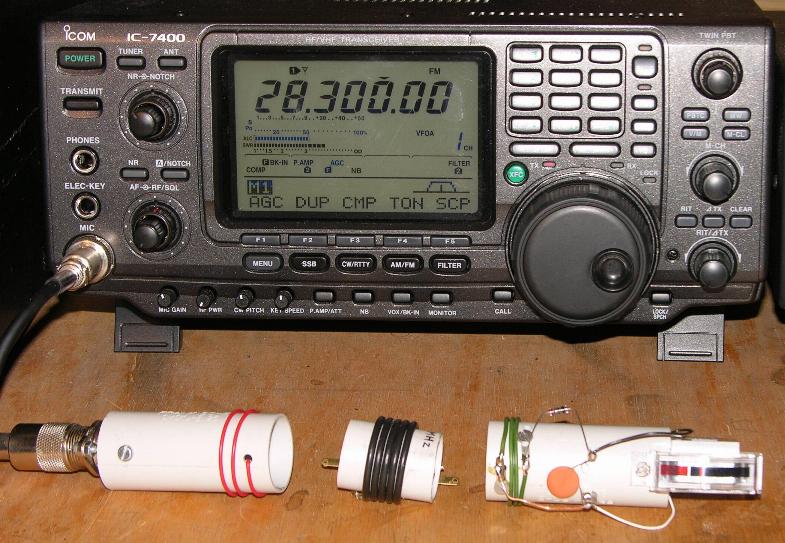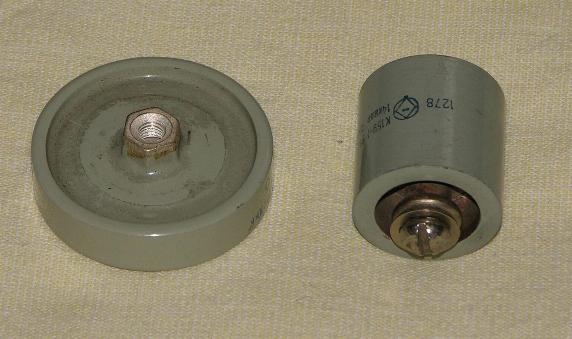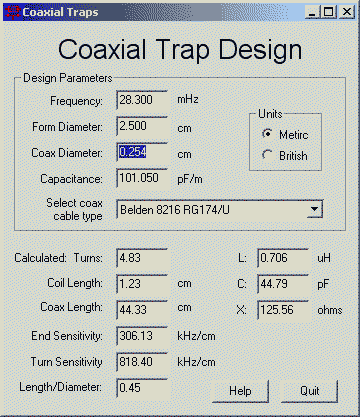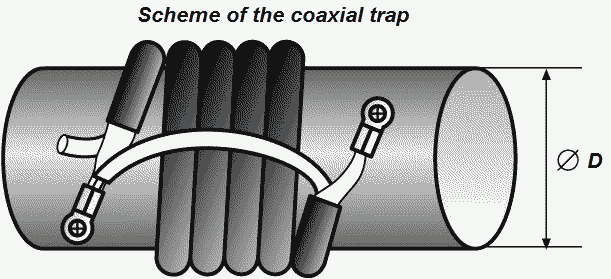 |
A trap is a parallel circuit of L and C on the frequency you want to close an antenna segment. For n working frequencies of an antenna, you need n-1 traps in each part of the antenna. For example a 2-band-dipole needs one trap in each half of the antenna. The trap can consist of a coil and a separate HV-capacitor. Another method for building traps with coax-cable will be described down. |








